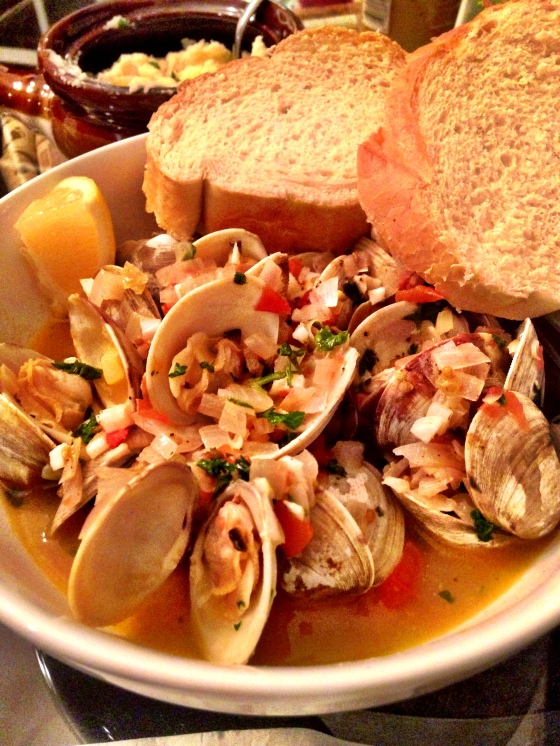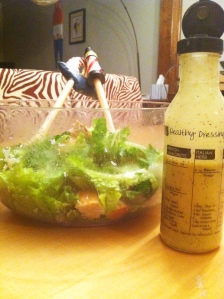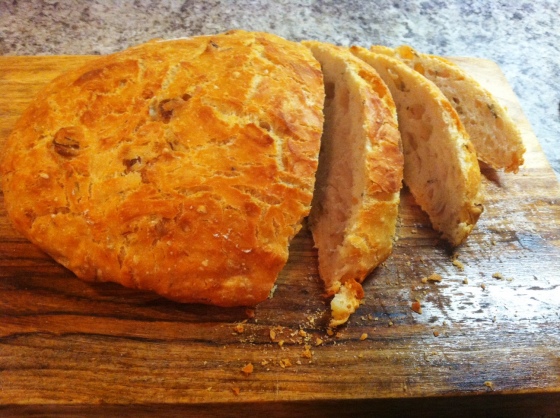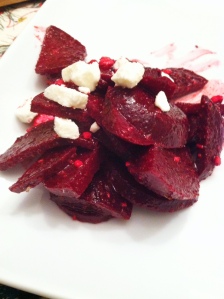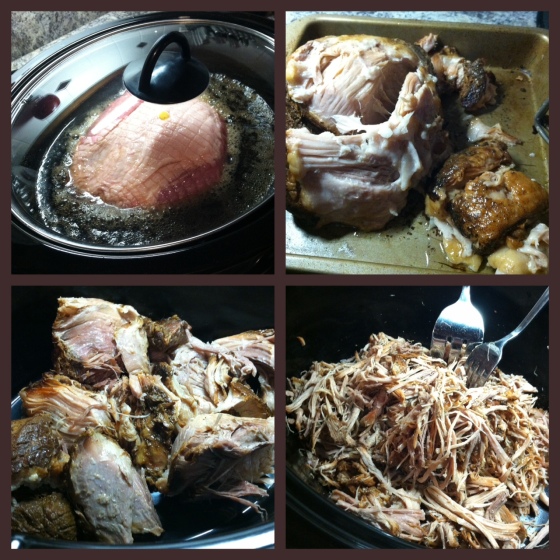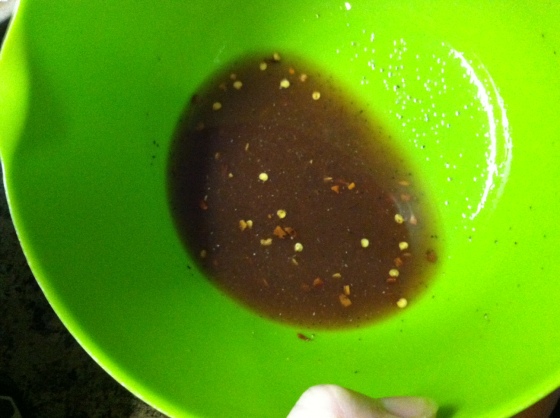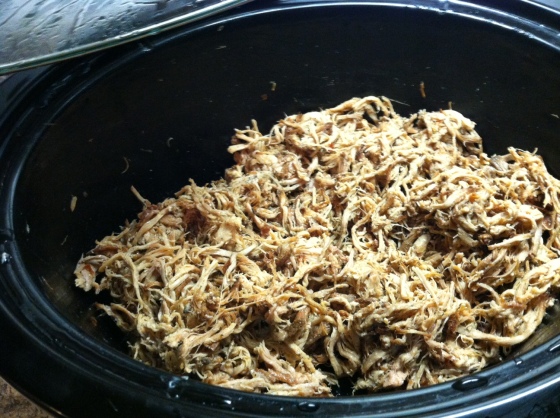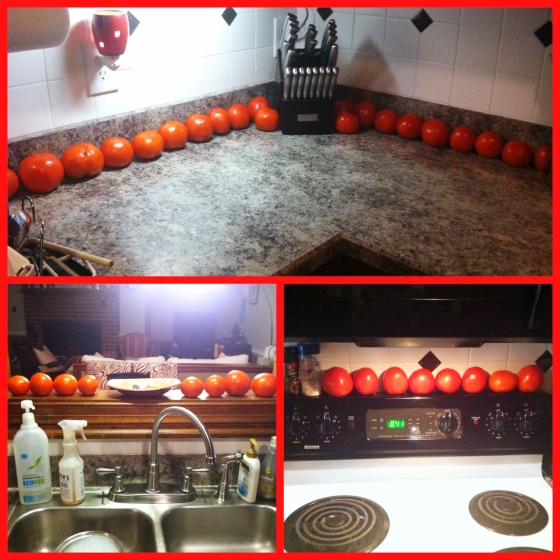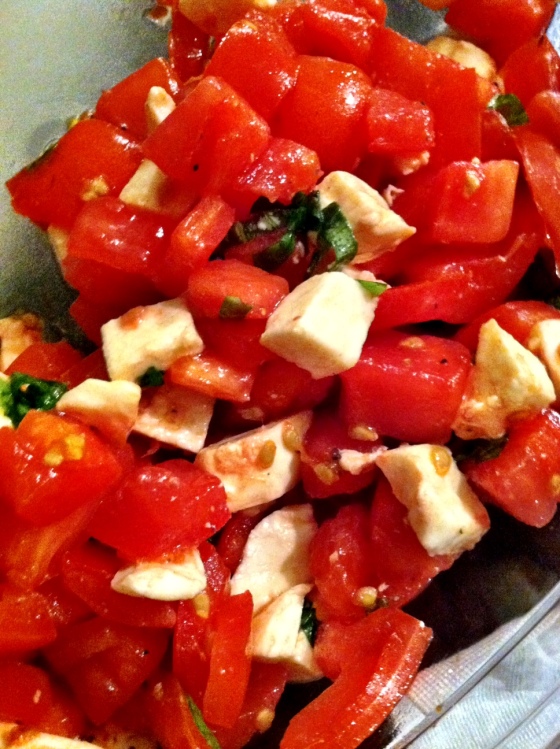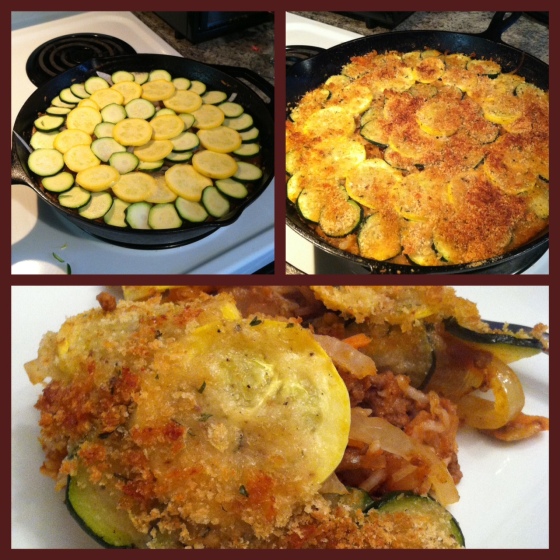What is this? A second post this week?? I maintain that you shouldn’t get your hopes up, but for now – here’s some food.
The Drunken Clam
Ingredients:
- 2 tbs butter (or Vegan butter, which is what I use and works great)
- 1 tbs olive oil
- one large shallot, chopped
- two large garlic gloves, chopped fine
- one large heirloom tomato, diced
- 1/2 – 1 cup white wine (I suggest Pinot Grigio)
- fresh lemon
- one bag of Littleneck clams – usually around 50 or so clams – scrubbed and rinsed well
- handful of parsley, chopped
Method:
- Heat the olive oil and butter in a large skillet with a lid over medium heat. Once the butter begins to bubble, add the garlic and shallot and saute 2-3 minutes until shallot starts to become translucent, then add in the diced tomatoes, salt and pepper to taste and stir for two more minutes.
- Pour in the wine, stir to combine, and bring to a light boil, then reduce heat back to medium and add the clams and the juice of half a lemon, and stir gently to incorporate the sauce, then put the lid on the skillet and let sit for 7-8 minutes.
- Take the lid off, pour in a little bit more wine and a tablespoon more butter, a squeeze of a lemon wedge as well as the parsley. Stir to combine, then with a slotted spoon, divide the clams between the bowls then pour the remaining sauce in the pan over each of the bowls of clams.
- Serve with hot, toasted French bread, a lemon wedge and the rest of that Pinot Grigio. This serves four normal people or two of us.
The Littleneck clams I purchased were from Cherrystone Aqua Farms which farms and harvests clams and oysters on the Eastern Shore of Virginia. Yes, Cherrystone is also a type of clam, but did you know Littlenecks and Cherrystone clams are the same clams? These as well as Topnecks are all just Quahogs – their different names simply refer to their size, with Littlenecks being the smallest, then Cherrystones , then Topnecks are big boys and the clams that are just called Quahogs are the largest. Smaller clams will do better in this recipe as the larger a clam gets, the tougher it gets. Quick steams with light sauces like this are best done with young, tender clams. Chowders and stuffed clams can be done with your Topnecks and Quahogs. So you see – bigger is not always better.
Clams are low in fat and high in protein and they offer higher than average amounts of necessary minerals like selenium, zinc, iron and magnesium as well as B vitamins and niacin. They’re also painfully easy to make, as you can see from above. People get freaked out by seafood and even more freaked out by bivalves. There’s really nothing to be afraid of, but there are some things you need to make sure of when dealing with clams and other bivalves such as mussels or oysters:
- Buy them fresh from a reputable fish monger or seafood market
- Keep them cold until you cook them (in a bowl of ice in the fridge is best)
- Rinse them well before cooking – they dig around in the dirt for a living….
- Once you have cooked them, check for shells that did not open. Any shells that didn’t open during cooking should be disposed of as this is indicative that the clam may have been dead prior to cooking and therefore not of the freshest variety. If you got a batch where several clams didn’t open, that means they weren’t fresh and you might want to purchase from a different seafood market next time. Having one or two that don’t open, though, is pretty normal.
So don’t freak out. Just split a bottle of wine with those clams and relax.

